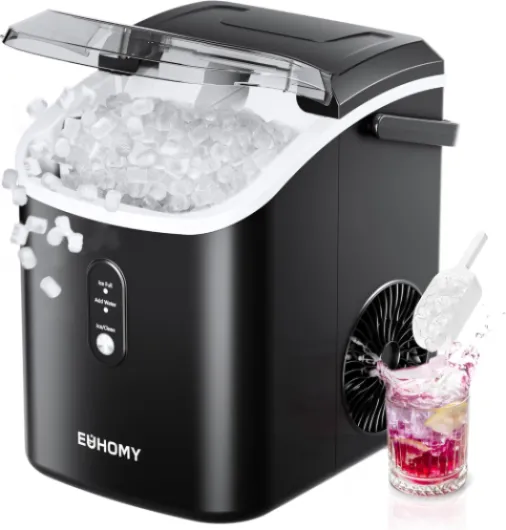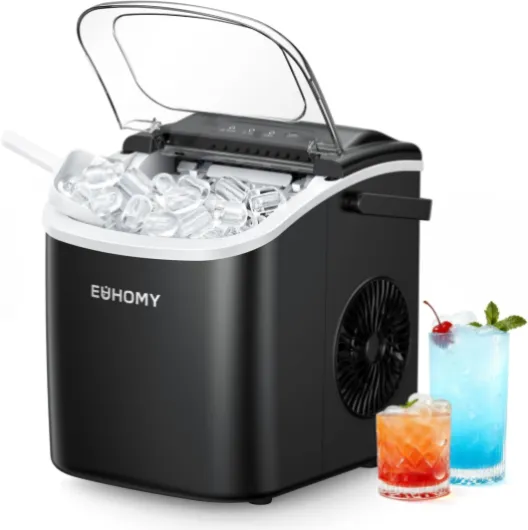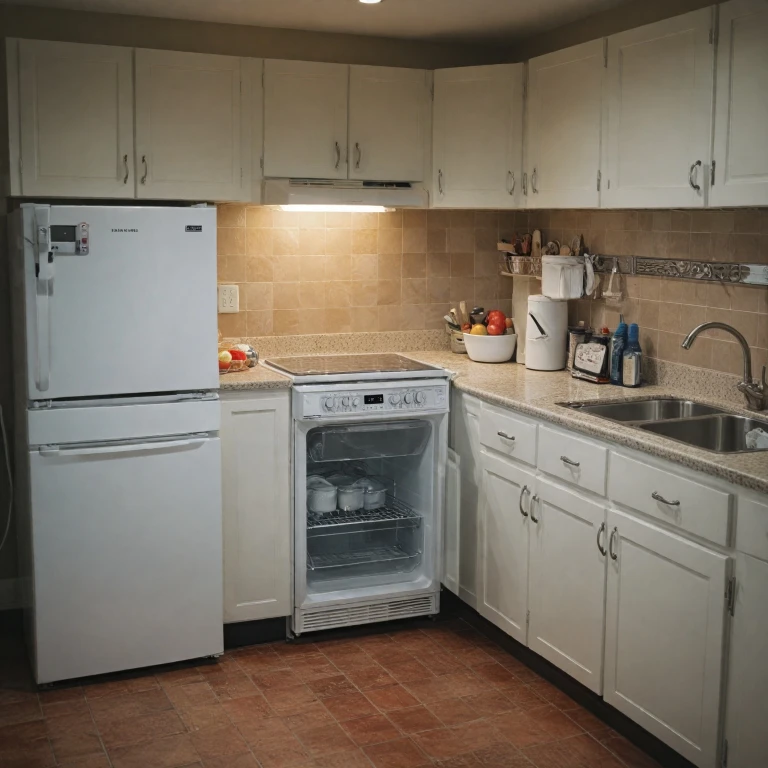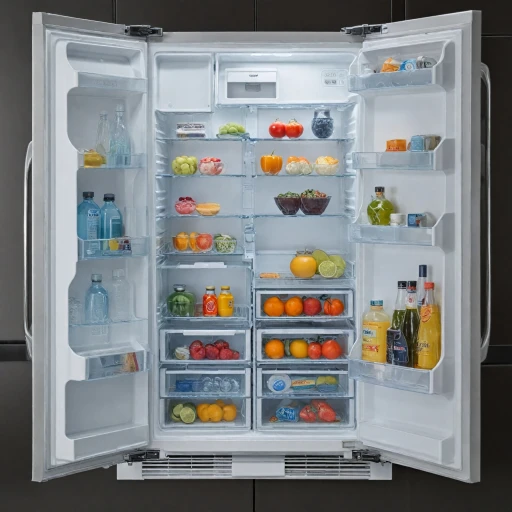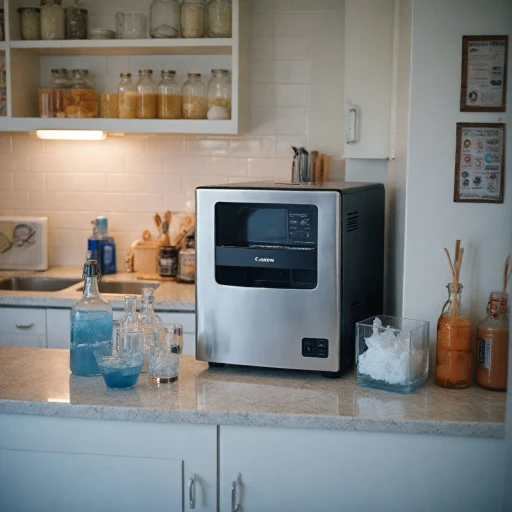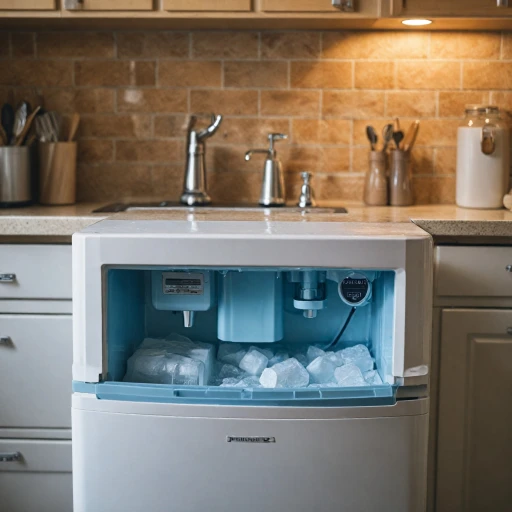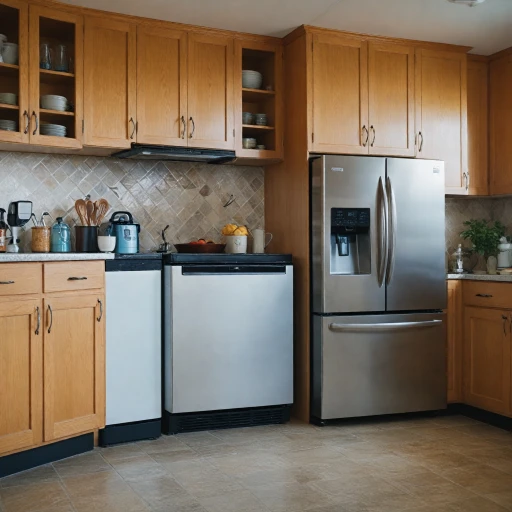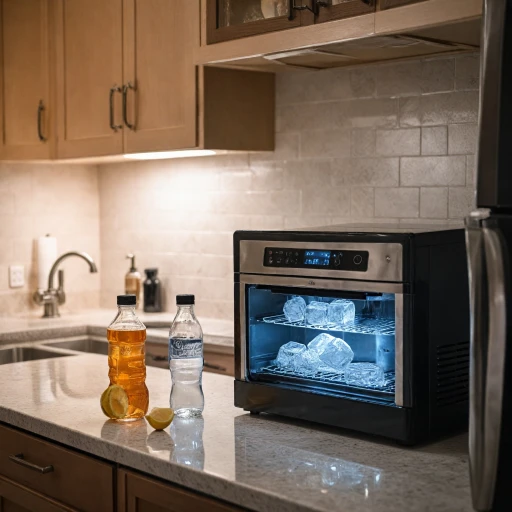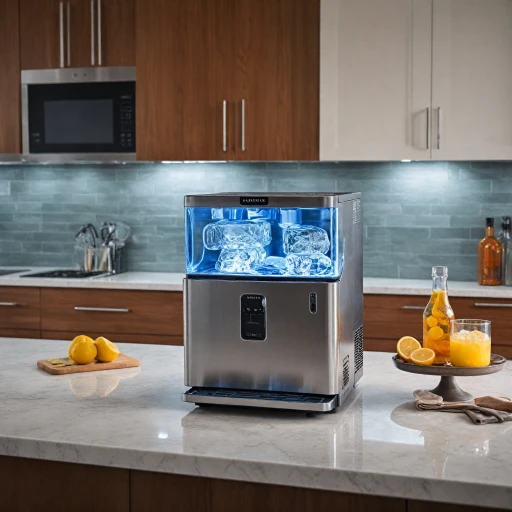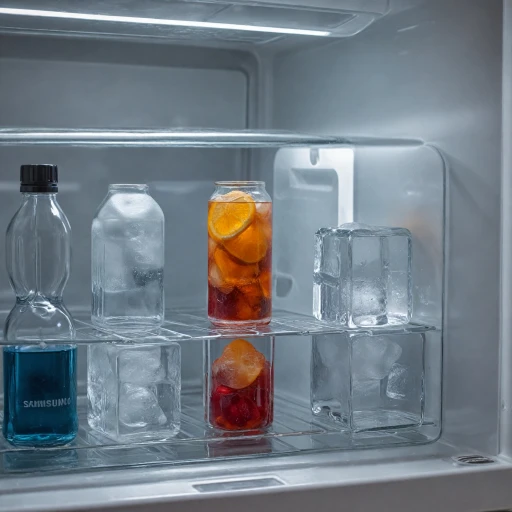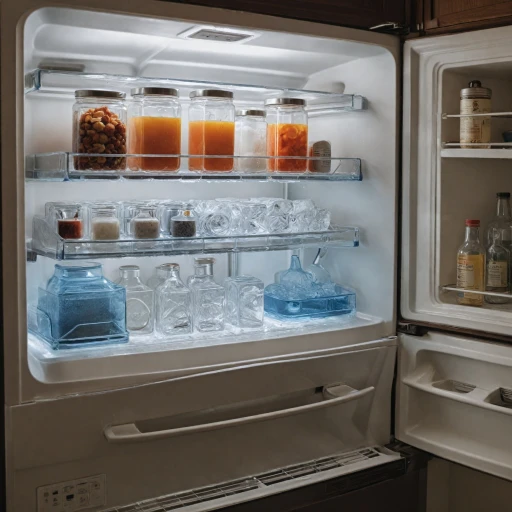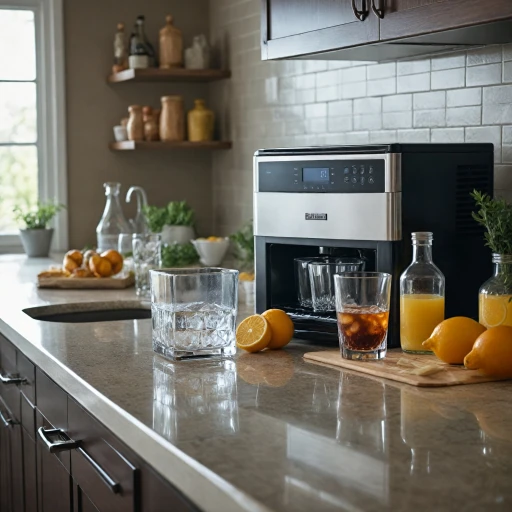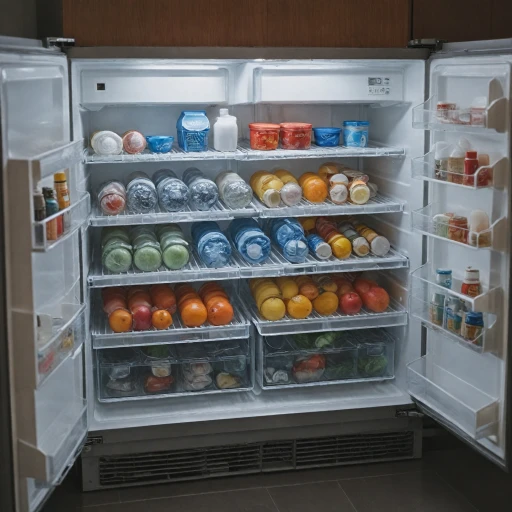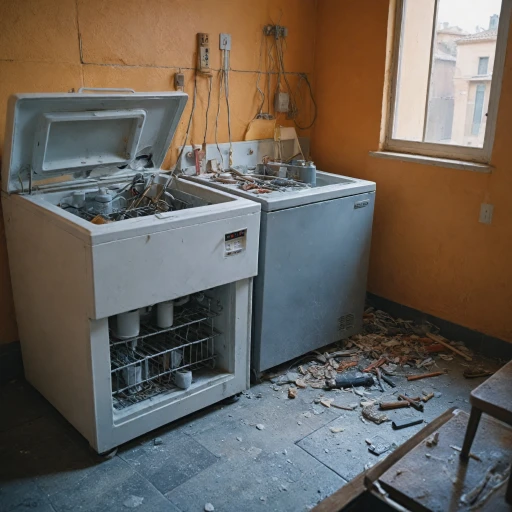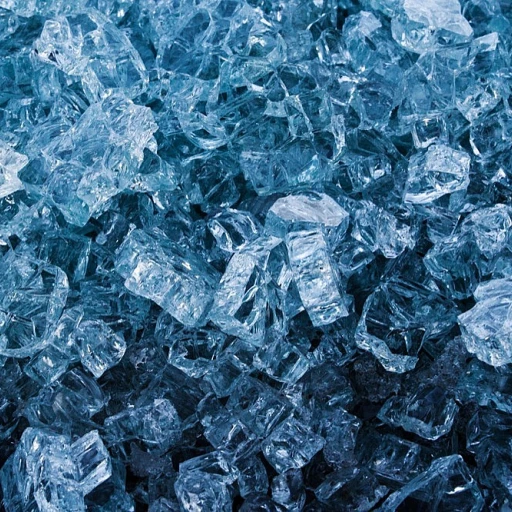
Understanding Frigidaire Ice Maker Mechanics
Decoding Your Frigidaire Ice Maker's Inner Workings
Understanding how your Frigidaire ice maker functions is crucial for diagnosing issues that may arise. The mechanics behind these appliances involve a few vital components. Here's a quick breakdown:- Water Supply Inlet: This channel admits water into the ice maker, which is critical for ice production. Consistent water pressure, facilitated by the water valve, is necessary to ensure the ice tray fills correctly.
- Temperature Regulation: The freezer temperature plays a critical role in the ice making process. Set your Frigidaire refrigerator to the appropriate temperature to promote efficient ice cube formation.
- Control Board: Acting as the brain, the control board ensures all operations are synchronized, including the timing of water filling and the ice ejection cycle.
- Control Arm and Door Switch: These components monitor ice level and the freezer door's status, ensuring your ice maker doesn't overproduce or malfunction.
- Filtration System: A proper water filter is essential in maintaining the quality of water entering the ice maker, affecting overall ice quality.
Frequent Problems with Ice Production
Identifying Common Ice Production Hurdles
Frigidaire ice makers are an integral part of modern refrigerators, engineered to deliver a steady supply of ice cubes. However, like any appliance, they can encounter difficulties in sustaining ice production. To ensure your refrigerator ice system continues making ice efficiently, it's critical to recognize signs of trouble promptly.
One prevalent issue is the control arm failing to operate correctly. When the control arm is not positioned properly, it may halt the maker from working. This arm controls the activation and deactivation of the ice production. It's vital to ensure the control arm is not stuck or broken.
The temperature within the refrigerator or freezer can also affect ice production. If the freezer is not cold enough, your ice maker may not function efficiently, as freezing temperatures are essential for forming ice cubes. A properly functioning control board will regulate these temperatures to facilitate ice making.
Another key component to inspect is the water valve, which manages the flow of water into the ice tray. Check for possible blockages or kinks in the water supply line which might impede water flow. Insufficient water pressure or a defective water valve can significantly hinder ice production, preventing the ice tray from filling properly.
Additionally, door switch malfunctions may prevent the refrigerator ice maker from initiating its cycle. The door must seal completely to ensure the appliance's internal conditions remain optimal for ice production.
Routine checks and maintenance of these elements will keep your Frigidaire ice maker in peak condition. For a comprehensive guide to troubleshooting these common issues, consult resources that focus specifically on improving efficiency and resolving frequent mechanical problems.
Water Supply Challenges
Addressing Water Flow Challenges
When working with Frigidaire ice makers, ensuring a reliable water supply is crucial for optimal ice production. Any disruption can affect the performance of your ice maker, leading to insufficient ice or poor quality cubes. Here are some common water supply issues and their solutions:
- Water Valve Issues: Check that the water valve is open and functioning correctly. A malfunctioning or closed valve can impede water flow.
- Troubles with Water Filter: Regularly change the water filter in your refrigerator to prevent clogs that restrict water flow. If the water filter is old or clogged, your ice maker may not produce ice efficiently.
- Water Pressure Concerns: Ensure that your household water supply maintains adequate pressure. Low water pressure can prevent the ice maker from receiving enough water to produce ice cubes.
- Control Arm and Door Switch: Occasionally, the control arm might be in the off position, stopping water flow to the ice maker. Similarly, the door switch can affect functionality if not working correctly; the refrigerator door should be fully closed to activate the ice-making process.
If you're still encountering issues with the water supply and your Frigidaire ice maker isn't making ice as expected, consider reviewing a comprehensive guide to installing your ice machine to ensure everything is set up correctly.
Ice Quality Concerns
Addressing Ice Quality Issues in Frigidaire Ice Makers
Ice quality concerns can impact both the taste and appearance of the ice cubes produced by your Frigidaire ice maker. Ensuring consistent, clear, and good-tasting ice involves a careful check of several components within the appliance. First, examine the condition of your water supply. Low water pressure or a clogged water filter can lead to poor ice quality. It’s important to regularly replace your water filter to maintain both water flow and quality. This is especially critical in areas with hard water. Moreover, controlling the temperature inside your freezer is crucial, as an inappropriate setting can cause the ice cubes to be either too small or to contain air pockets. Make sure your Frigidaire refrigerator's freezer is set to the recommended temperature and keep the door closed as much as possible to maintain this optimal environment. Another aspect to review is the ice maker’s control arm, which should be positioned correctly to allow the ice maker to continue its cycle without interruptions. If the control arm is mistakenly positioned, it could cause the production of irregularly shaped or sub-par ice cubes. Finally, cleaning the ice maker and its components regularly can prevent issues related to contamination and taste. Residual odors from food stored in the freezer can transfer to the ice, so it’s essential to maintain a tidy and well-organized freezer space. Taking these steps will help ensure your Frigidaire's performance remains optimal and your ice is of the highest quality, providing peace of mind and refreshing frozen delights.Troubleshooting Electrical and Mechanical Failures
Identifying and Resolving Electrical and Mechanical Hiccups
When your Frigidaire ice maker encounters issues, it often stems from electrical or mechanical failures. These malfunctions can halt your ice production abruptly. Below are key components to check and solutions for ensuring your appliance returns to optimal functionality:- Check the Power Source: Ensure that the ice maker's power cord is properly plugged in. Verify that the frigidaire refrigerator's outlet is delivering power consistently. If there's no power, examine your household's circuit breaker or the fuse connected to the appliance.
- Assess the Control Board: The control board is pivotal in regulating the ice maker’s functions. Any fault here can disrupt ice production. Visually inspect for worn-out components or signs of damage. If necessary, consider consulting a professional to replace or repair it.
- Inspect the Door Switch: If the refrigerator door isn't properly closed, the ice maker may stop working due to a disengaged door switch. Assure that the door switch is functioning correctly by observing if the interior light goes off when the door is shut, as it should.
- Examine the Control Arm: The control arm, sometimes known as the feeler arm, might inadvertently switch the maker off if it’s obstructed. Manually move it to ensure it isn't stuck, enabling the ice maker to resume working.
- Evaluate Water Valve and Pressure: After confirming that the electrical aspects are fine, check the water valve. When clogged or malfunctioning, it can impede water from reaching the ice tray. Make sure it's clean and the water pressure is sufficient. This often rectifies issues linked to improper filling of trays.
- Temperature Control: Verify the fridge and freezer temperatures. Ideally, the freezer should be at around 0°F (-18°C) for efficient ice production. Inconsistent temperatures can affect the ice’s quality and volume.
Maintenance Tips for Optimal Performance
Regular Cleaning and Inspection
To ensure your Frigidaire ice maker is working efficiently, regular cleaning and inspection are essential. Start by checking the ice tray and ice cubes for any signs of buildup or residue. This can affect ice quality and production. Clean the ice maker with a mixture of warm water and mild detergent, making sure to dry all components thoroughly before reassembly.
Monitor the Water Supply
Consistent water supply is crucial for ice production. Ensure the water valve is fully open and inspect the water filter for clogs. Replacing the filter every six months can prevent issues with water flow and ice quality. If your ice maker is not making ice, check the water pressure and the valve to ensure they are functioning correctly.
Check Temperature Settings
Temperature control is vital for optimal ice production. Verify that your refrigerator and freezer are set to the recommended temperatures. If the temperatures are too high, it can hinder ice formation. Adjust the settings and monitor the performance of the control board to maintain the right conditions for your Frigidaire ice maker.
Inspect Mechanical Components
Regularly examine the control arm and door switch for any signs of wear or damage. The control arm should move freely, and the door switch must engage properly to signal the ice maker to start and stop ice production. If these components are not working as they should, they may need to be replaced to keep the ice maker in top condition.
Schedule Professional Maintenance
For comprehensive care, consider scheduling professional maintenance for your Frigidaire refrigerator. A qualified technician can perform a detailed inspection and address any underlying issues that might not be apparent. This proactive approach can extend the lifespan of your appliance and ensure consistent ice production.
-logo-retina.jpg)
